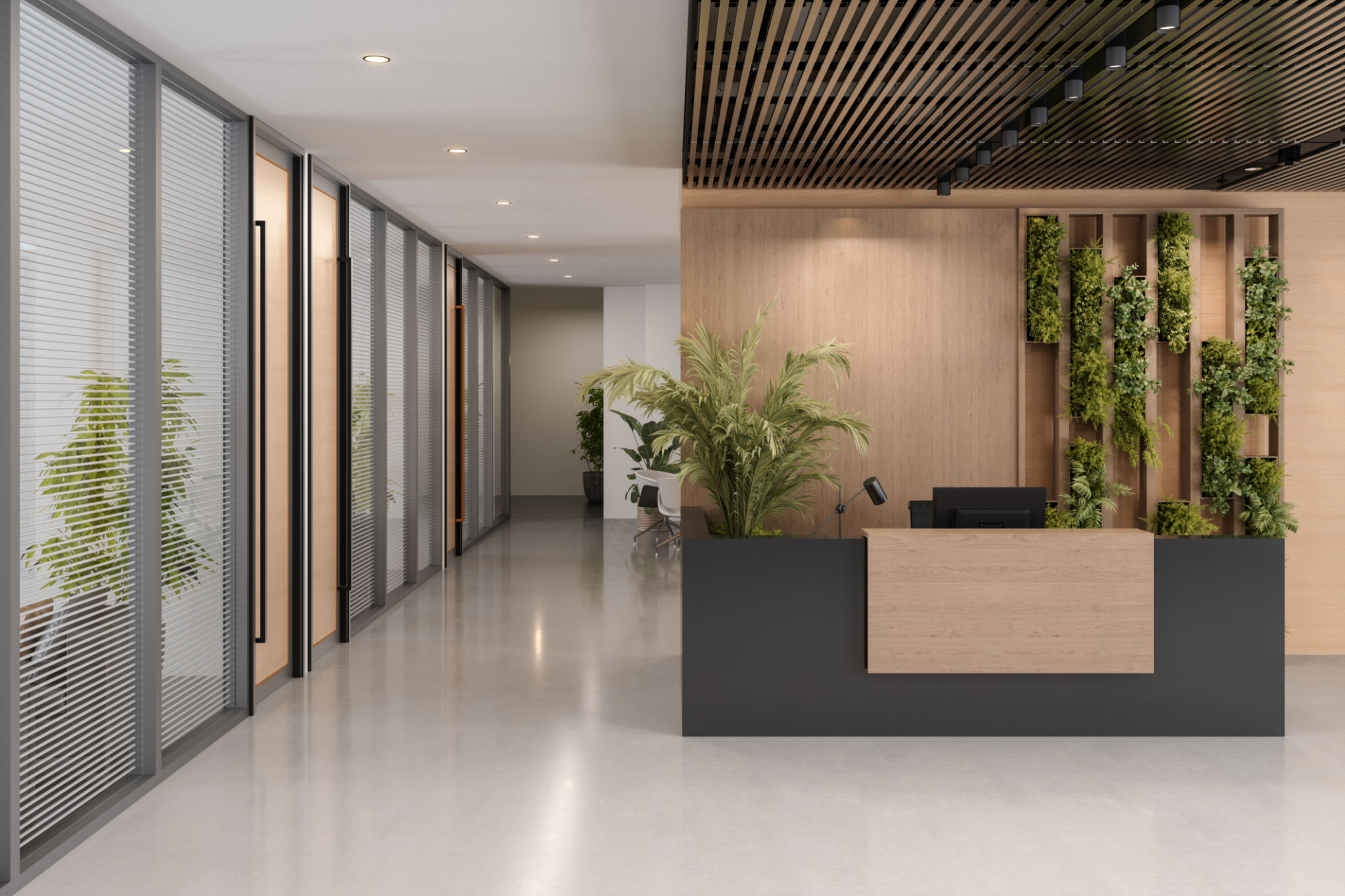How Green Walls Improve Indoor Air Quality in the HORECA Industry
Introduction to Green Walls
In recent years, the HORECA industry—comprising hotels, restaurants, and cafes—has embraced green walls not just for their aesthetic appeal but also for their ability to improve indoor air quality. Green walls, or vertical gardens, are structures that allow plants to grow vertically on a wall surface, bringing a touch of nature indoors.
These living installations have become more than just a decorative trend; they are a functional addition that can significantly impact the health and well-being of guests and staff alike. But how exactly do green walls contribute to better indoor air quality?

Natural Air Purification
One of the primary benefits of green walls is their ability to naturally purify the air. Plants are known for their ability to absorb carbon dioxide and release oxygen. However, they also have the capability to remove harmful toxins from the air. Through a process called phytoremediation, plants can absorb pollutants such as formaldehyde, benzene, and trichloroethylene commonly found in indoor environments.
This natural air purification process helps reduce the concentration of indoor air pollutants, creating a healthier breathing environment. For businesses in the HORECA industry, maintaining high air quality standards is crucial for ensuring customer satisfaction and staff well-being.
Humidity Regulation
Green walls also play a role in regulating indoor humidity levels. Plants release moisture vapor into the air through a process known as transpiration. This added moisture can help balance humidity levels, which is particularly beneficial in climate-controlled environments like hotels and restaurants.

Adequate humidity levels can prevent dry skin and respiratory issues while also reducing the likelihood of static electricity build-up. For guests and employees, this translates into a more comfortable and pleasant indoor atmosphere.
Acoustic Benefits
Beyond air quality improvement, green walls offer acoustic benefits by reducing noise pollution. The plants and their supporting structure can absorb sound, making them effective at dampening noise levels in bustling environments such as hotel lobbies or busy dining areas.
By minimizing background noise, green walls contribute to a more relaxing and enjoyable experience for patrons, enhancing the overall ambiance of the establishment.

Aesthetic and Psychological Impact
The visual appeal of green walls cannot be understated. They bring a slice of nature into urban settings, offering a soothing and refreshing sight. This connection to nature has been shown to have psychological benefits, such as reducing stress and increasing feelings of well-being.
Incorporating green walls into the design of a hotel or restaurant not only elevates its visual appeal but also creates a welcoming environment that can positively influence guests’ mood and perception.
Conclusion
Green walls are more than just a decorative element; they are an investment in the health and comfort of both patrons and employees in the HORECA industry. By improving indoor air quality, regulating humidity, reducing noise, and enhancing aesthetics, green walls provide comprehensive benefits that can set an establishment apart from its competitors.
As awareness of environmental sustainability grows, adopting green walls can also align businesses with eco-friendly practices, appealing to environmentally conscious consumers. Consider integrating green walls into your business to reap these multifaceted benefits.